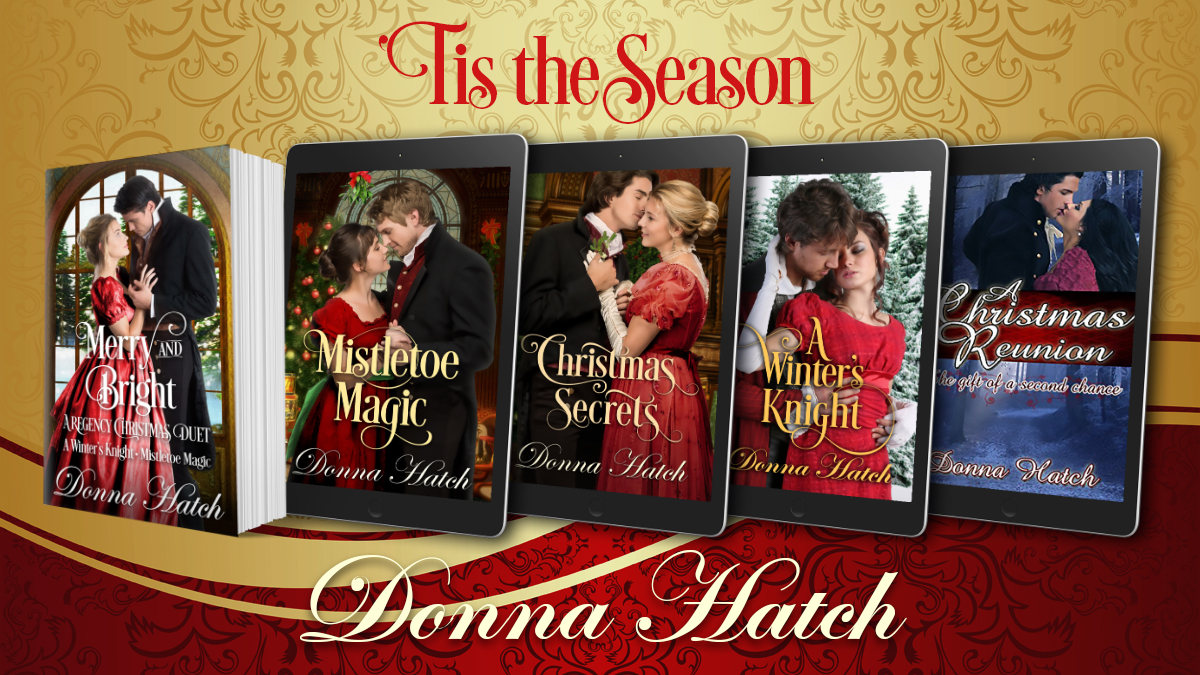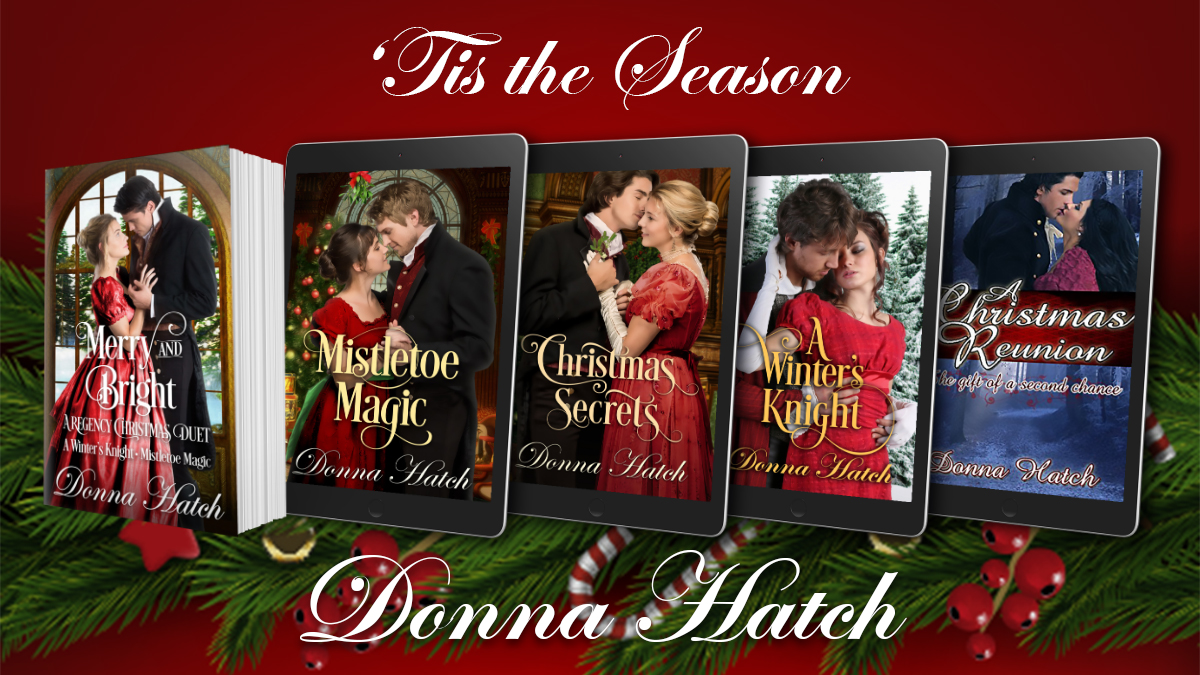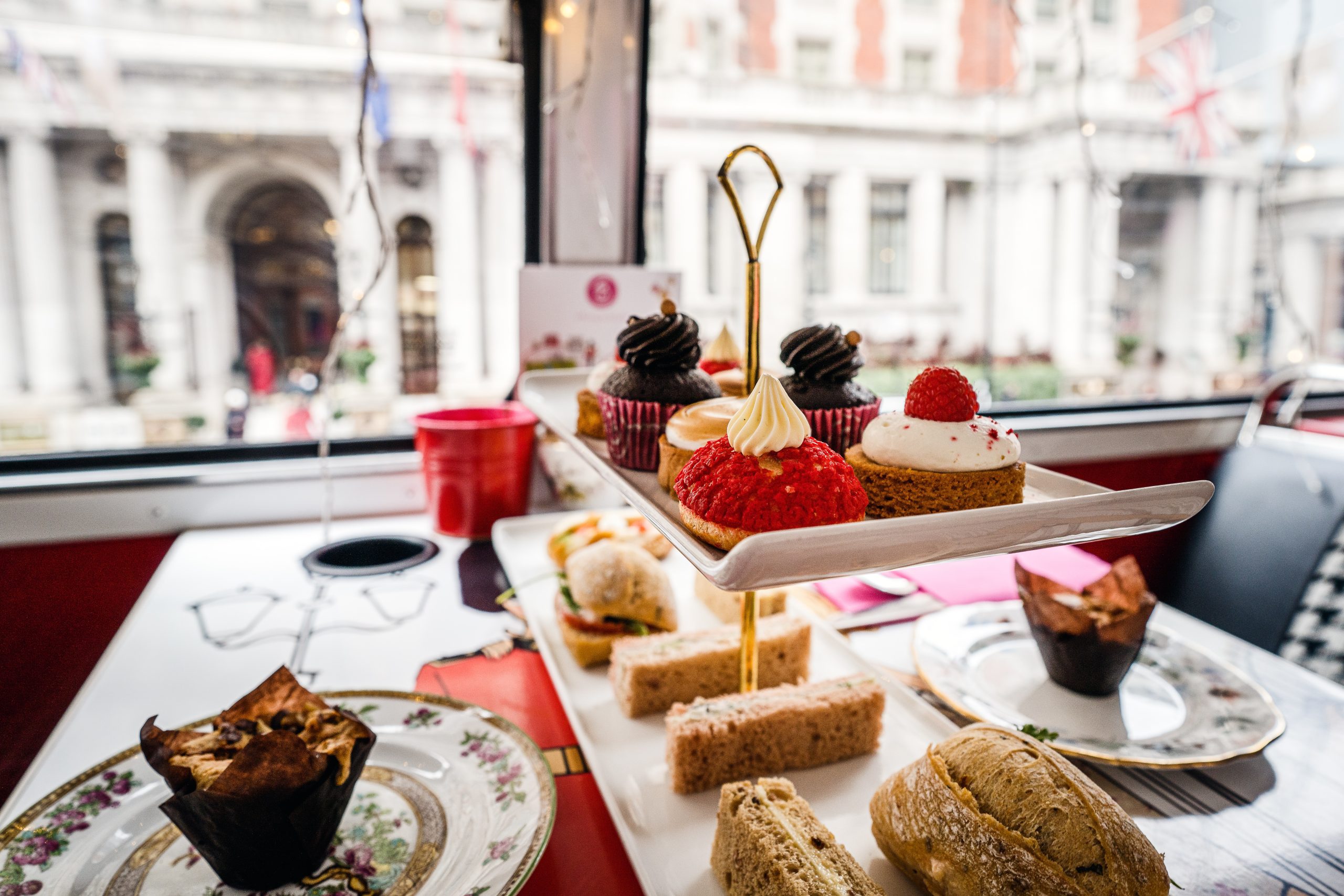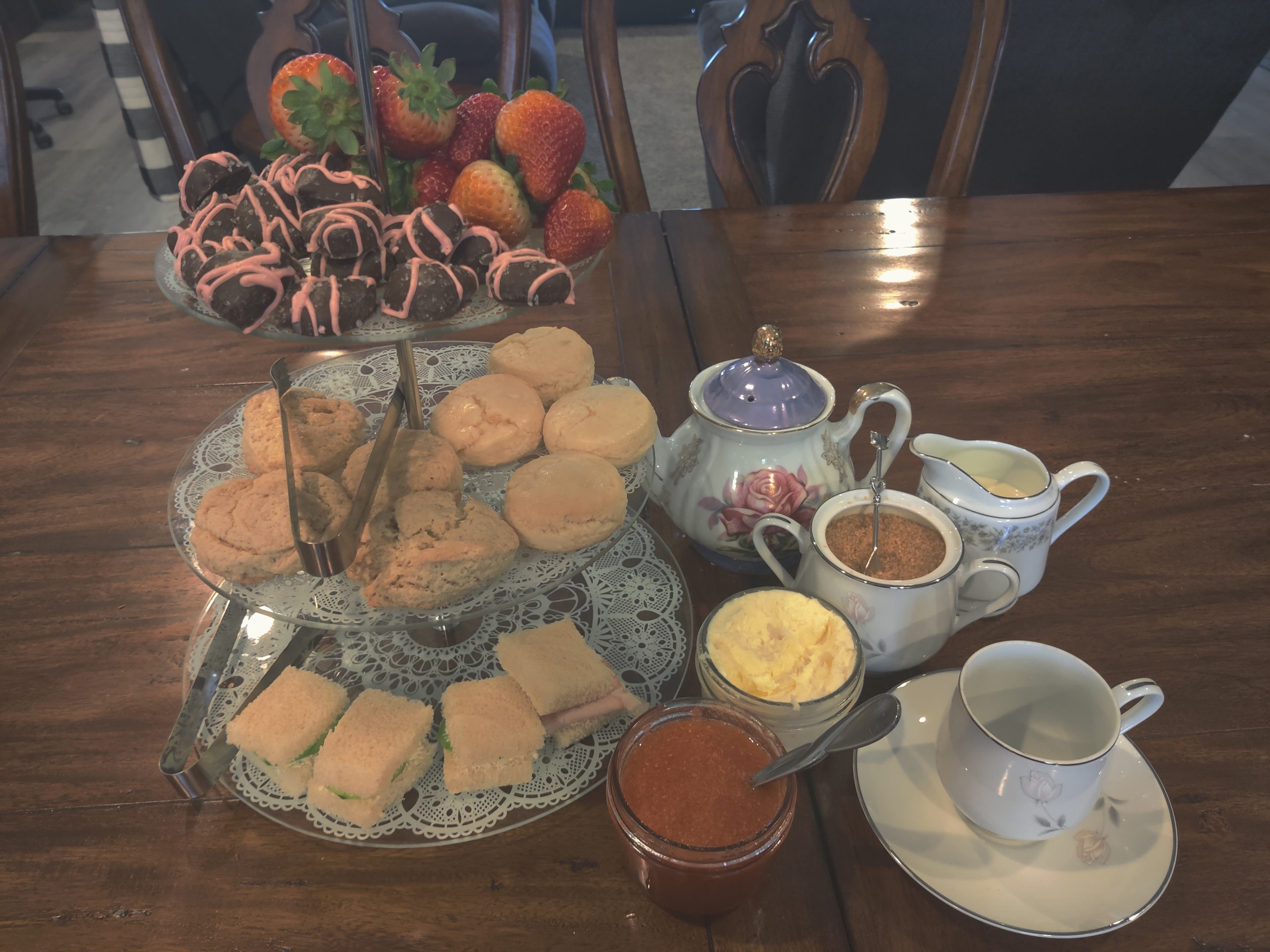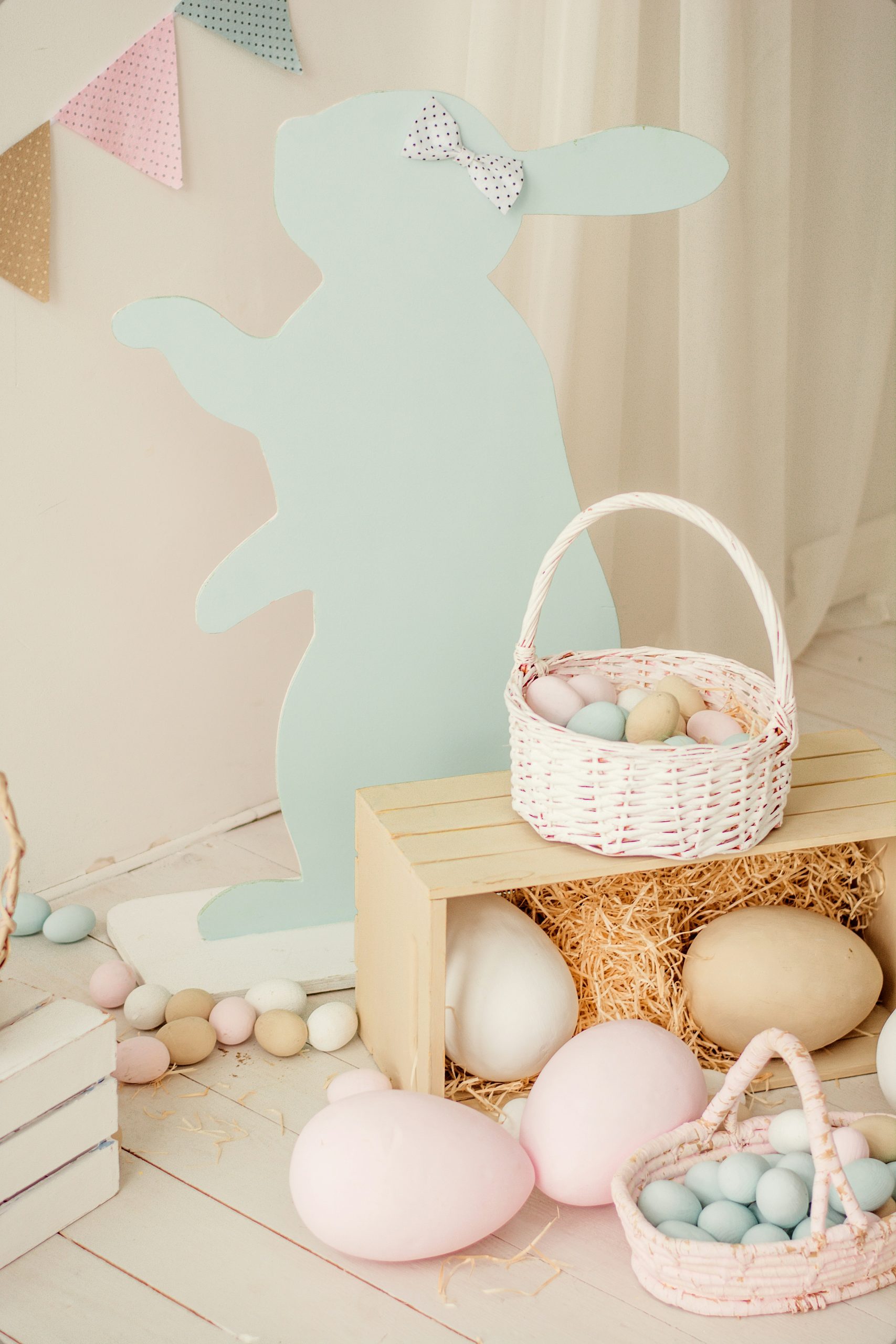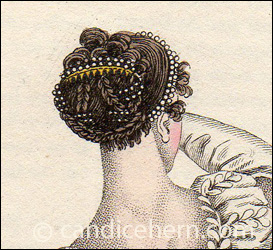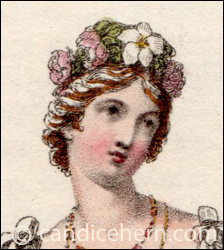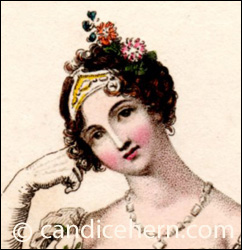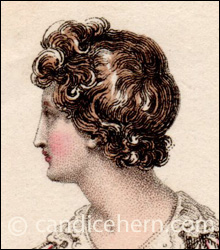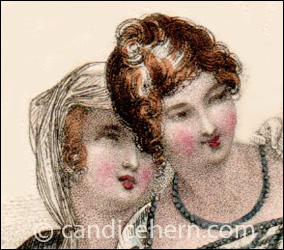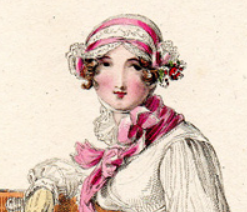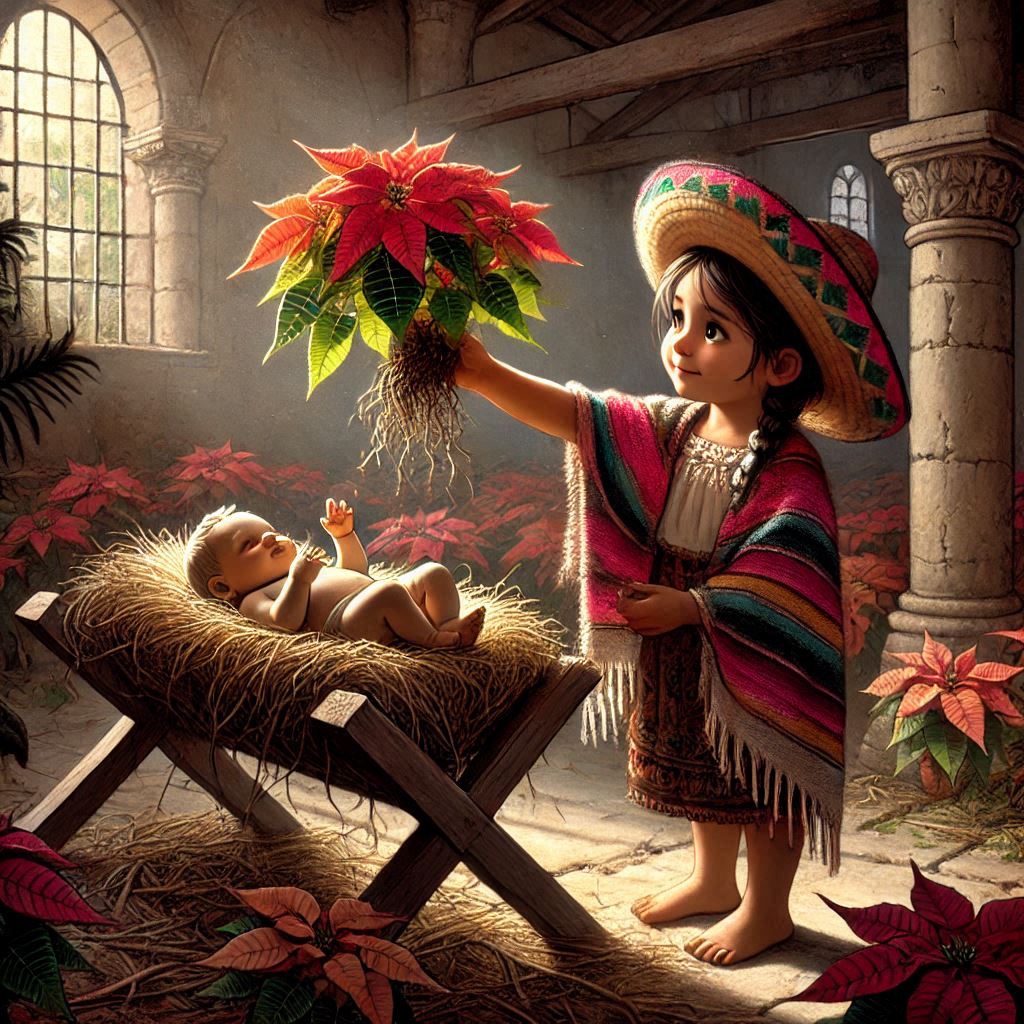[ad_1]
Decorating for Christmas is a major event at my house with the whole family involved and usually takes more than one day–and that’s just doing the inside. I put up Christmas decorations either the Friday or Saturday after Thanksgiving if possible, but no later than the first Saturday of December. The tree takes center stage, as well as plenty of greenery including mistletoe. I also love my collections of nativities, angels, nutcrackers, snowmen, candles, and of course, stockings hanging from the mantle of our fireplace.
My ancestors likely had very different customs. Many British and American Christmas traditions date back centuries to the early Celts, Vikings, and Germans. The modern American may view Regency Christmas traditions (or lack thereof) as strange.

Greenery
As with most customs, each English family during the Regency had their own way of honoring the holiday, but their region heavily influenced celebrations. Almost universally, decorations included holly, laurel, ivy, rosemary, bay, and mistletoe. However, unlike my habit, decorating in Regency England began no sooner than Christmas Eve. Bringing greenery inside earlier risked raining bad luck upon the household. Traditionally, greenery stayed up until Epiphany (January 6).
Greenery included boughs and garlands of holly, ivy, hawthorn, rosemary, and Christmas Rose (hellebore). Does this make you think of the Christmas Carol, “Deck the Halls with Boughs of Holly?”
People, rich and poor, profusely decorated everywhere–their mantles, tabletops, banisters, and even portraits. They even decorated themselves with greens stuck in the buttonhole of their coats.
I must add here that unless they had strong German roots, the average English family in Regency England likely had no Christmas tree. Sad, but true. Christmas trees didn’t join the holiday in England or the United States on a widespread basis until the 1840’s–the Victorian Era.

Candles
Because candles provided the main source of light in many homes, lighting candles may not seem noteworthy, but historical sources mention special Christmas candles. The antiquary John Brand, wrote, “on the night of this eve, our ancestors were wont to light candles of an enormous size, called Christmas candles.”
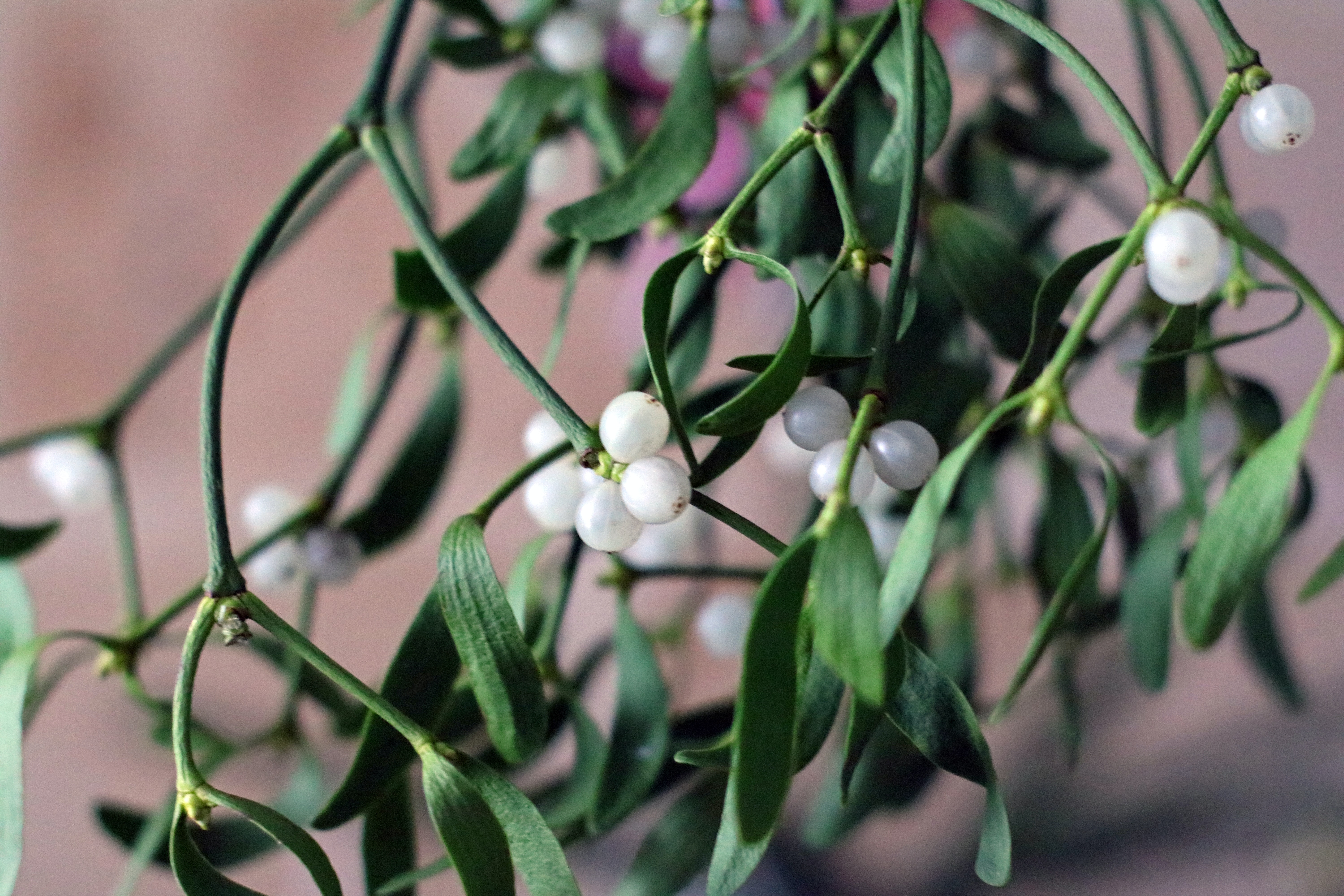
Mistletoe
Mistletoe grows mostly in the western and southwestern parts of Britain so its use was not widespread. However, a friend or relative in other parts of the country might be persuaded to send some via the mail coach if they desired a sprig.
Hanging mistletoe in the doorway took the form of a kissing bough–a twisted ball of evergreens, mistletoe, apples, oranges, paper flowers, and dolls representing Joseph, Mary, and baby Jesus. Hung near the entrance, the bough welcomed visitors. Hung over doorways, it lured those wishing for a kiss to linger underneath.

Yule Log
No Christmas Eve decoration was complete without the Yule log. The Yule log came to England from the Vikings and spread all over Europe. On Christmas Eve, family members went out into the woods to choose a suitable log. They burned this log for the whole twelve days of Christmas, so it needed to be a hard wood, such as oak, and very large. Some folklore said the root was better, and likely burned more slowly. Traditionally, they felled the tree on that day. As you might be thinking, green wood does not burn well, so I suspect that families may have “planted” a dry log out or tree root in the forest meant to be “found” by the lord and his guests with much joviality on Christmas Eve.
Once they found the best candidate, they wrapped it in hazel twigs and dragged it home. Being the first to sit on the log before it went into the fireplace was said to bring good luck. As a parent, I suspect many families developed a custom that allowed anyone in the household to have a turn sitting on the log. After placing this beast of a log or root into the fireplace, they used a lump of charcoal left over from the previous year’s Yule Log to light the new one.
Churches
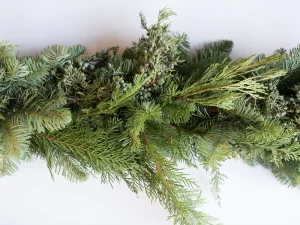
In addition to decking homes, most local parishes decorated their churches. Many folks viewed too much decoration to be “popish” and therefore unwanted in a “good” Church of England church; others viewed decorating with greenery as having pagan overtones because these evergreens held special meaning to pre-Christianity faiths.
However, most parishes adorned their churches with these greens at Christmas and viewed them as proper. This may be partially due to bible verses in Isaiah 41:19 when God says, through the prophet Isaiah, “I will plant in the wilderness the cedar, the shittah tree, and the myrtle, and the oil tree; I will set in the desert the fir tree and the pine, and the box tree together” and in 60:13, “The glory of Lebanon shall come unto thee, the fir tree, the pine tree, and the box together, to beautify the place of my sanctuary; and I will make the place of my feet glorious.”
This Christmas, do you plan to decorate with greenery and fruit or perhaps burn a yule log?
To learn about other Regency Christmas customs, read my blog posts here, here, here, and here. Better yet, discover how I incorporated English Christmas customs into my Christmas Regency Romances, Christmas Secrets, “Mistletoe Magic,” “A Winter’s Knight,” and “A Christmas Reunion,” all available in ebook. Christmas Secrets is also available in paperback. “Mistletoe Magic,” and “A Winter’s Knight,” are available in paperback in the two-book volume, Merry and Bright.
Happy Christmas!
[ad_2]
Source link

